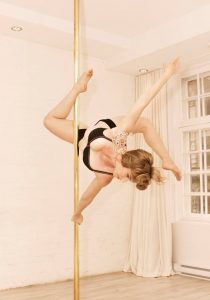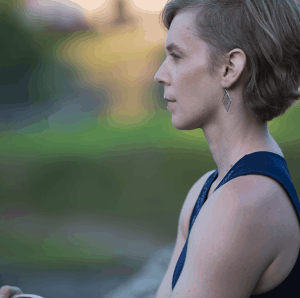 1. How would you define your personal practice?
1. How would you define your personal practice?
Fluctuating, evolving, function or pleasure based, sometimes intellectual, sometimes experiencial.
I don’t quite know how to define it, even though I’ve been active in different ways in my life. It is just recently that I’ve identified myself as having a movement practice. I think this realization came after a 10 year hiatus, without any organized sport practice. When I came back to practicing a sport (mainly pole in the beginning), I realized how movement had always been part of my life, even if outside of a structured system. It’s probably why it was easy to regain mobility and strength necessary for activities I now choose to practice.
2. What turning points have you encountered on your movement journey?
In my youth I was intensely immersed in gymnastics, then switch into dance because I was in search of a more artistic dimension, of a way to express feeling and emotion. I was looking for this aspect but at the same time was intimidated by it. Not feeling i was getting enough support to get through the challenges, it led to a long period where I pulled back. This period
First turning point after that was probably finding a pole studio and taking classes there. The edginess aspect of pole intrigued me, it marks the beginning of putting movement at the center in my life again.
Studying osteopathy is a big one too. This decision, as starting pole, was part of many to answer my need to reconnect with the body. Even though I’m really critical of my training, I learned so much about the human body. It opened a new dimension into movement, science, understanding of biomechanics and functions. It gave me new reference points and picked my interests in all body and movement matters.
More recently doing the Floorflow training created by Marlo Fisken also opened a new space. Her philosophy into movement, her background as a dancer, her quality as a teacher and her proposition was a space that was secure enough for me and challenging enough to carry me to new horizons. That’s also what led me to connect more to like minded people, curious about movement and eventually what led me here.
3. What role has injury played in cultivating your current niche?
I have been lucky with injury, never had anything major but I’ve seen others struggling with it. Those struggles have acted as cautionary tales. One challenge I’ve faced has been dealing with bouts of overtraining, which led to fatigue and demotivation. I’ve also noticed for myself that injuries happen when I experience periods of emotional turbulance. Learning to pace myself, recognizing the importance of rest and putting this in application, not succumbing to outside pressure (real or perceived) and dealing with performance anxiety have all been things I had to learn. Knowing I’m enough, fully integrating the connection between mind and body, respecting it, being aware and keeping pleasure at the center of my practice are now my main focuses. Age is also a concern, it never really was before I got to be over 40, but now I’m more attuned to the importance of taking care of oneself, being smart about movement for longevity, healthy living and the continuation of living an active embodied life all through old age.
4. Do you consider yourself a teacher? Why or why not?
Yes ! I think I’ve always been teaching, not always movement though. For many years I worked as a youth and women’s health counsellor. I consider the term teacher in the large sense of the word and not as someone having the knowledge and giving it to others but more as having a certain responsibility in creating space for collaboration, discussion, exchange of informations and cultivating curiosity. It is an intersubjective relationship, the encounter of 2 or more subjectivities, with an understanding of a certain goal or process.
That part of my professional identity is also partly why I chose Feldenkrais over osteopathy. Feldenkrais referring more to a system of education, bottom up, where the teacher acts as guide and offers suggestions. This in opposition to, in my experience, osteopathy who has more of a top down, medical approach.
5. What has been your experience with physical education, both in the schooling system and sought out knowledge/ know-how elsewhere?
I was one of the student that was doing pretty well in the structured environment of physical education in school. Never felt the expectations there to be overwhelming, it was an easy time. My experience in gymnastics though (after school, club setting) was different. I still did well but it was another ball game. There I was confronted to preconceived ideas linking body types to certain abilities and higher standards of performance. The coach told my parents he would not have taken me on the team because of my height but he noticed I had very good body awareness so he kept me. But seeds of limitations were planted. The competitive aspect was really hard too. It put pressure on performing and created a sense of obligations to answer the expectations of my coaches, my team, my parents etc.
It is interesting that even as an adult, the times when I’ve done competition have always been disconcerting, because the setting of objectives become easily outward oriented or goal oriented instead of inward or process oriented. And every time this happens, I lose interest and motivation.
Even if there was a safe aspect in the structure of thoses spaces, I would have benefited so much from an approach where play was more important, as well as an emphasis on creative processes and developing individuality. Instead of increasing my performance anxiety and pushing me into thinking it was never enough. setting me up for failure, it would have given me the permission to just be myself and know that I was enough. It would also have given me a better sense of confidence about my own capacities and worth. Things I’m still learning.
This said, there are 2 main things I got from my gymnastics years that still influence me in a positive way. It’s where I learned the importance of and develop my curiosity about form and biomechanics for performance and movement. My coach was really good at explaining, cueing movement and vulgarizing concepts. It’s also where I began my apprenticeship in the art of teaching.
6. How do you involve your mind/ emotions into your physical routines?
I haven’t figured that one yet !
I tend to go with either all mind or all emotions. I don’t think it’s quite integrated. As a youth I chose movement types, mostly dance, where I was asked to express emotions and it used to paralyze me. I believe I already thought there was no distinction between mind and body and somehow, the choice of dance was my way toward integration. Today I’m still mostly choosing forms of movement where both aspects can simultaneously exist. Further more, I’m now more interested in connecting with nature, transforming my life as more embodied.
7. What are your personal aspirations regarding movement? How do you hope to find purpose and use in the skills you have built?
To keep on expanding my knowledge, my movement practice. To keep on sharing my passion with others including reflections on purposes and philosophies of practice. And one day have my own space to facilitate meetings, connections between with similar practices and philosophies of movement.
I know that discovering this new path or maybe just giving it importance and legitimacy, I’ve found my true self. And I’m curious to see where it’ll lead me.
8. How can people find/contact you? Where are you based out of? Do you have a site or social media handle to share?
I’m on Facebook and Instagram under my own name, I’m based in Montreal Qc Canada. You may also reach me through email at [email protected] or by phone 514-278-1975. I don’t currently have a website but it is part of my future plan.
Nadia’s Recent Blog Posts
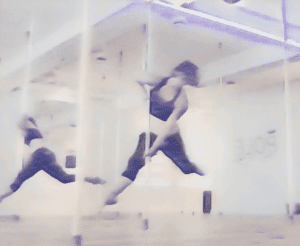
When Your Only Company Is a Mirror and Music
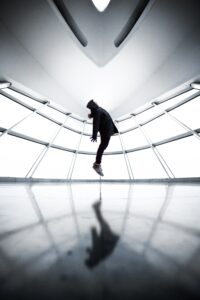
Voice Parallels Movement
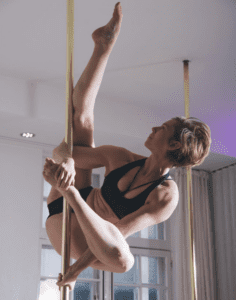
Meeting Oneself
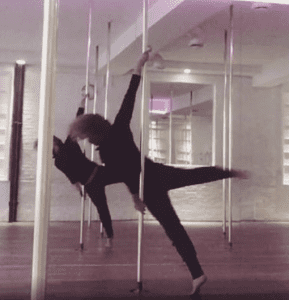
Effortlessness
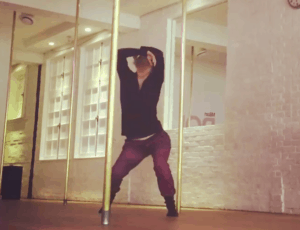
The Creative Side of Feldenkrais
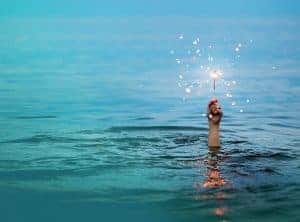
A Raw and Honest Wavering of Belief
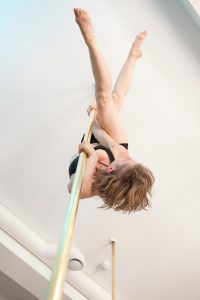
Connecting Feldenkrais with Pole
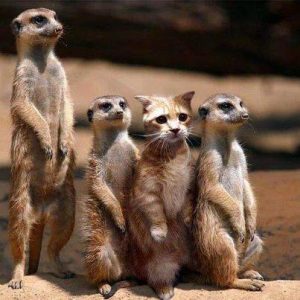
Finding Your Tribe
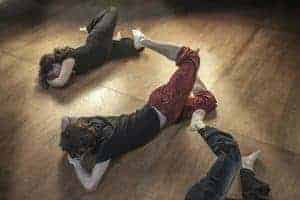
Why Feldenkrais?
